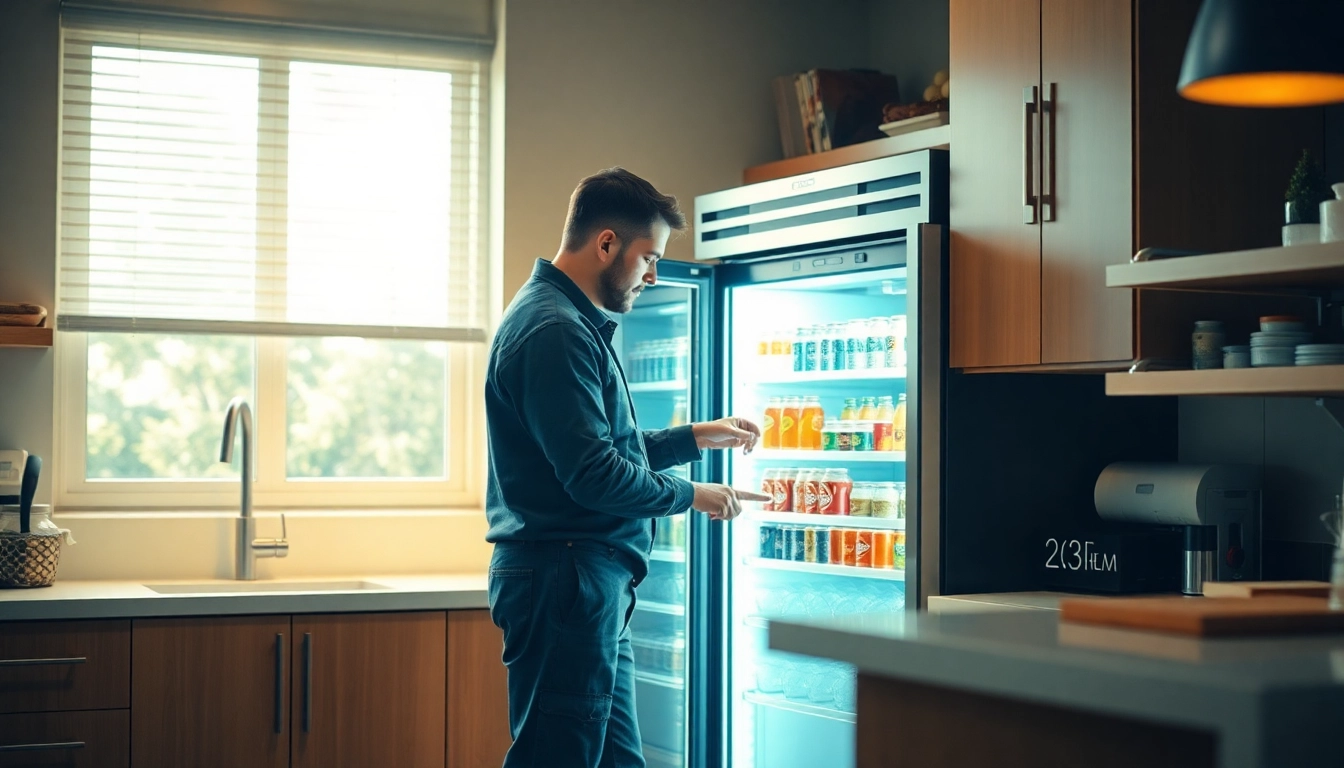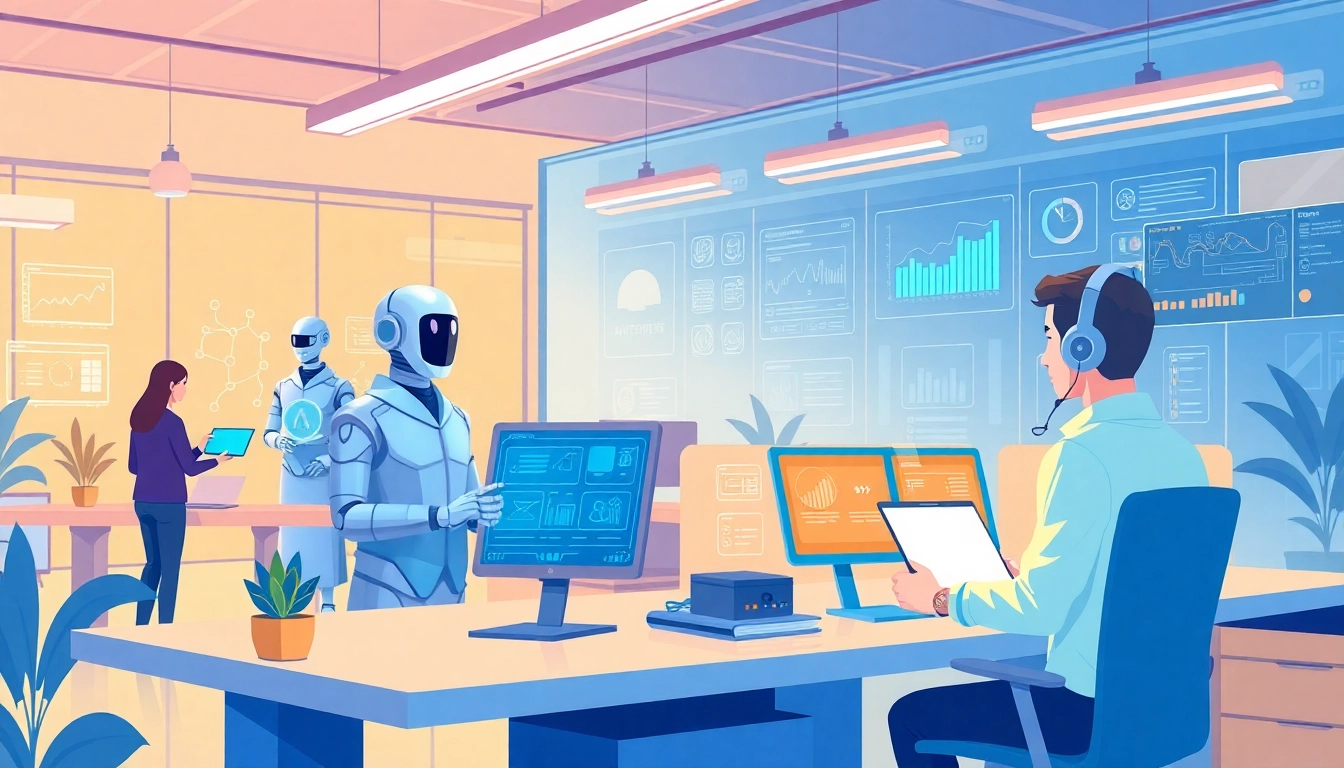Understanding Common Beverage Cooler Issues
Beverage coolers are indispensable for keeping drinks at the right temperature, whether in a home or commercial setting. However, like any appliance, they can encounter problems that interfere with their operation. Understanding common issues can help you navigate both minor and major repairs. This guide will delve into recognizing symptoms of malfunction, identifying typical problems and their causes, and determining when it’s time to call a professional for beverage cooler repair.
Recognizing Symptoms of Malfunction
Before diving into repairs, it’s crucial to recognize the signs that your beverage cooler may be malfunctioning. Some common symptoms include:
- Temperature Inconsistencies: If your cooler is not maintaining the set temperature, this is often the first symptom noticed.
- Unusual Noises: Strange sounds, such as grinding or buzzing, could indicate issues with the compressor or the fan.
- Excessive Energy Use: A sudden spike in electricity bills can suggest that the unit is working harder than it should, possibly due to inefficiencies.
- Leakage: Water pooling around the base of the cooler can signal a clogged drain line or a damaged seal.
- Foul Odors: Unpleasant smells can stem from spoiled drinks or mold build-up inside the cooler.
Typical Problems and Their Causes
Below are some common problems faced by beverage coolers along with their potential causes:
- Compressor Issues: A malfunctioning compressor can prevent the cooler from maintaining temperature. This might be due to electrical failures, refrigerant leaks, or overheating.
- Faulty Thermostat: If the thermostat is broken, it may fail to regulate temperature settings effectively.
- Fan Failure: The evaporator or condenser fan may stop functioning, which is critical for maintaining airflow and cooling. Check for dirt or obstructions that are preventing the fan blades from turning.
- Condensate Drain Blockage: If the drain line gets clogged, it can cause water to accumulate and lead to leaks.
- Dirty Coils: Dust and debris build-up on the condenser coils can reduce efficiency, causing the compressor to labor unnecessarily.
When to Call a Professional for Beverage Cooler Repair
While many issues can be resolved through DIY efforts, there are times when calling a professional is the best option. Consider bringing in an expert when:
- The problem involves electrical components or refrigerants, which can be dangerous to handle without expertise.
- You are unable to diagnose the issue after following troubleshooting steps.
- The cost of repairs begins to match or exceed the cost of replacement.
- Multiple components are malfunctioning, indicating a broader system failure.
Tools and Supplies Needed for Beverage Cooler Repair
Before attempting any repairs on your beverage cooler, it’s important to ensure you have the right tools and supplies on hand. This will facilitate an efficient and safe repair process.
Essential Tools for Basic Repairs
Here is a list of essential tools you should gather:
- Screwdrivers: A set of Phillips and flathead screwdrivers for removing panels and accessing internal components.
- Wrenches: Adjustable wrenches or socket sets to work with nuts and bolts.
- Multimeter: For diagnosing electrical issues and checking voltage.
- Flashlight: A reliable light source is essential for seeing into dark areas within the cooler.
- Vacuum Cleaner/Brushes: For cleaning coils and other components that may accumulate dust or debris.
Recommended Replacement Parts
Having replacement parts readily available can expedite your repair process. Common parts that may need replacing include:
- Thermostat: If it’s faulty, it may need to be swapped out to restore functionality.
- Cooling Fan: Replacement fans should match the specifications of your cooler’s model.
- Compressor Relay: A malfunctioning relay can prevent the compressor from starting.
- Door Seals: Worn seals can lead to inefficiencies and are often an easy fix.
Safety Gear for DIY Repairs
Safety should always come first when handling appliance repairs. Ensure you have the following gear:
- Gloves: Use protective gloves to avoid injuries from sharp edges or electrical components.
- Safety Goggles: Protect your eyes from debris while cleaning or removing parts.
- Face Mask: Helpful when cleaning away dust to avoid inhalation of particles.
Step-by-Step Guide to DIY Beverage Cooler Repair
For those who are inclined to tackle repairs on their own, here’s a comprehensive step-by-step guide to the most common issues with beverage coolers.
Basic Troubleshooting Techniques
Start with general troubleshooting before diving into repairs:
- Check the power supply to ensure the cooler is plugged in and that the outlet is functioning.
- Inspect the temperature settings on the thermostat to ensure they are correctly adjusted.
- Examine the condenser and evaporator coils for dirt or debris blockage.
- Listen for any strange noises that could indicate mechanical issues.
Detailed Repair Processes for Common Issues
After identifying the problem, here’s a look at how to fix some common issues:
Replacing a Faulty Thermostat
- Unplug the beverage cooler and remove the cover panel where the thermostat is located.
- Disconnect the old thermostat by removing its wires and unscrewing it from its mount.
- Install the new thermostat by reversing the steps, ensuring all connections are secure.
- Replace the cover panel and plug the cooler back in to test the new installation.
Cleaning or Replacing the Condenser Fan
- Proceed with unplugging the cooler and removing the back panel to access the fan.
- If cleaning is needed, use a vacuum and brush to remove dust buildup.
- For a replacement, unscrew the old fan and ensure the new fan has the same voltage and size configuration.
- Reconnect the wiring and secure the fan in place, then replace the back panel.
Testing Your Repairs: What to Look For
Once repairs are completed, it’s essential to test your work:
- Allow the cooler to run for a few hours and monitor the temperature to ensure it stabilizes at the set point.
- Listen for any unusual sounds that may indicate ongoing issues.
- Check for any leaks around repaired areas.
- Finally, track the energy consumption for any fluctuations over the next few days.
Preventative Maintenance for Beverage Coolers
Regular maintenance not only prolongs the life of your cooler but also prevents unexpected breakdowns. Here are essential maintenance practices to keep your beverage cooler functioning optimally.
Regular Cleaning and Maintenance Tips
To maintain your cooler’s efficiency:
- Clean the Coils: Aim to clean the condenser coils at least twice a year. Dust and dirt can significantly hinder cooling efficiency.
- Check the Door Seals: Inspect seals regularly for cracks or tears. A proper seal is crucial to maintain internal temperatures.
- Replace Air Filters: If your cooler has an air filter, replace it as recommended by the manufacturer to ensure airflow.
- Defrost as Needed: If your cooler has ice build-up, safely defrost it to maintain optimal performance.
Seasonal Checks to Extend Lifespan
As seasons change, so should your maintenance routine:
- Before summer, ensure the cooler is operating efficiently to handle warmer temperatures.
- In winter, check that the thermostat settings are appropriate for the cooler being exposed to colder environments.
Professional Maintenance Services: When to Schedule
Even with routine care, consider scheduling professional maintenance once a year, particularly if you use the cooler extensively. Professionals can deeply inspect essential components, ensuring all systems function well.
Deciding Between Repair and Replacement
Occasionally, the best course of action may not be a repair. Evaluating whether to repair your cooler or replace it involves several key considerations.
Evaluating Cost-Effectiveness of Repairs
Consider the repair costs compared to the cooler’s current value:
- If the cost of repair approaches 50% of the cooler’s current market value, replacement might be the more financially prudent option.
- Evaluate the longevity of the appliance; if it has a history of recurring issues, it may be more cost-effective to invest in a new unit.
Signs It’s Time for a New Beverage Cooler
Several signs indicate it might be time to replace your beverage cooler:
- It’s over 10-15 years old, reaching the end of its typical lifespan.
- You consistently experience problems even after multiple repairs.
- The energy consumption has dramatically increased, leading to higher utility bills.
Making Sustainable Choices for Your Home
When deciding on a replacement, consider energy efficiency ratings and eco-friendly options. Brands today are increasingly prioritizing energy-efficient designs that consume less power, reducing environmental impact and saving money in the long run.



